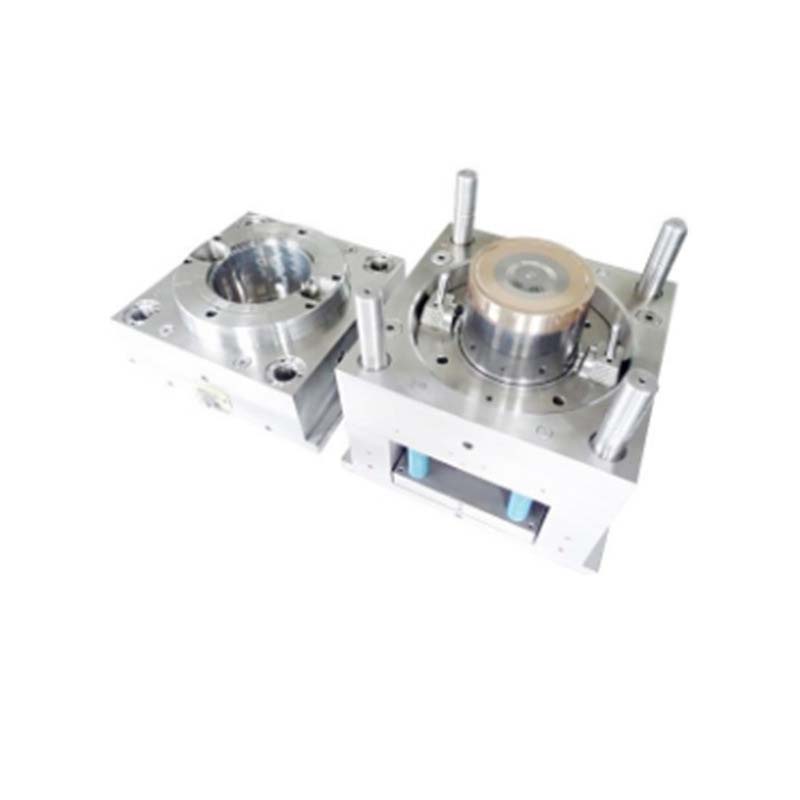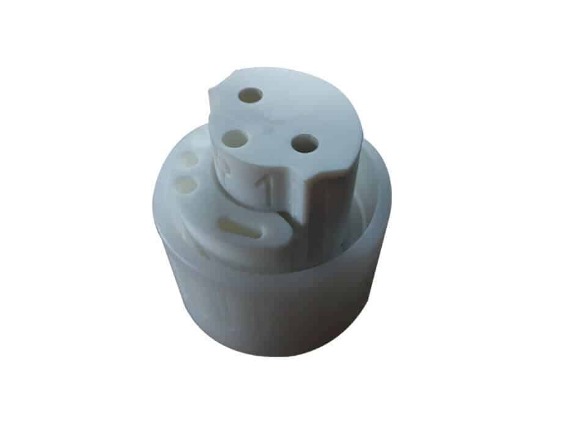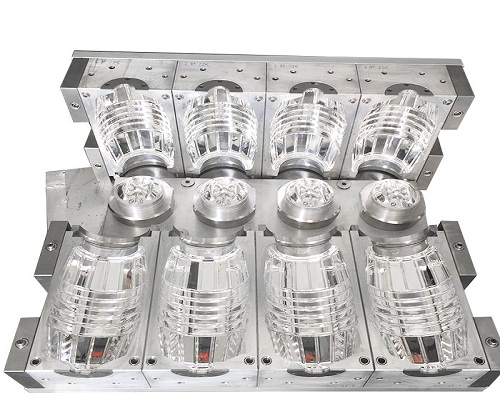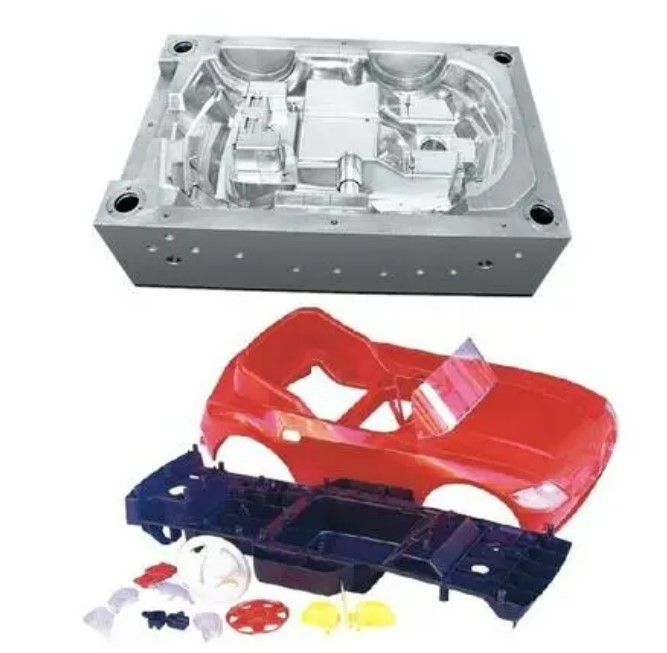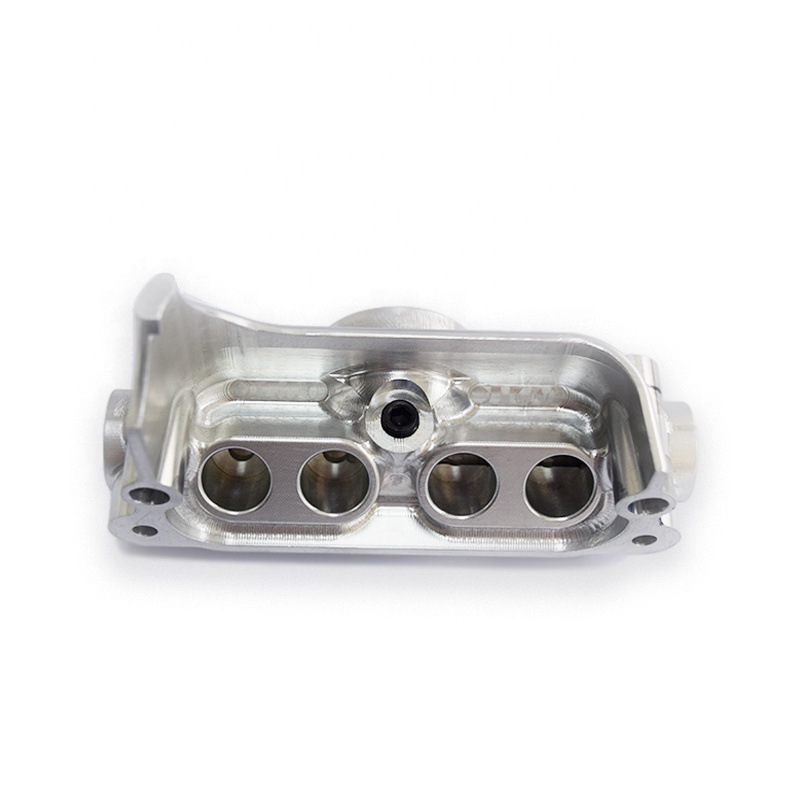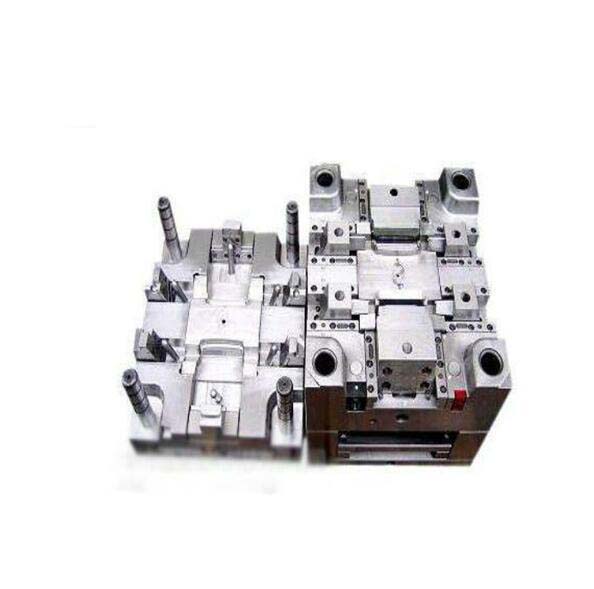1. Introduction
In the vast landscape of global manufacturing, China's plastic mold industry has emerged as a crucial pillar. Plastic molds, as the essential tools for shaping various plastic products, play a fundamental role in multiple industries, from automotive and electronics to daily - use products. They are the bridge connecting design concepts with mass - production realities, enabling the creation of countless plastic components that we encounter in our daily lives.
China, being the world's largest manufacturing country, has a plastic mold industry that is not only large - scale but also highly dynamic. The industry's development is closely intertwined with market demand. As the market's requirements for plastic products in terms of quality, variety, and innovation continue to evolve, the plastic mold industry in China adheres firmly to a market - demand - oriented development path. This orientation is the key to its continuous growth, technological innovation, and competitiveness in the global market. It allows the industry to respond promptly to changing market trends, meet the diverse needs of different sectors, and contribute significantly to China's economic development and the global supply chain of plastic products.
3. Market - Demand - Oriented Development Strategies
3.1 Meeting the Needs of Different Industries
3.1.1 Automotive Industry
The automotive industry has high - end requirements for plastic molds. With the development of the automotive industry towards lightweight and high - performance, plastic components in cars are increasingly replacing traditional metal parts. These plastic components demand molds with high precision and large - scale characteristics. For example, large - scale parts like automotive bumpers and dashboards require molds that can ensure high - dimensional accuracy and surface quality. Chinese mold enterprises have made remarkable achievements in meeting these demands. Many enterprises have introduced advanced processing equipment and technologies, such as high - speed milling machines and precision EDM (Electrical Discharge Machining) equipment. They can produce plastic molds for automotive parts with dimensional tolerances controlled within a very small range, usually within ±0.05mm, which meets the strict quality standards of the automotive industry.
3.1.2 Electronic Products Industry
In the electronic products industry, the demand for plastic molds is mainly characterized by high precision, miniaturization, and 精细化. As electronic products such as smartphones, tablets, and wearable devices are becoming smaller and more powerful, the plastic parts inside them, such as casings and internal components, need to be more precise. For instance, the plastic connectors in smartphones often have extremely small holes and complex structures, requiring molds to have micron - level precision. To meet these needs, Chinese mold enterprises have been committed to improving their manufacturing processes. They use high - precision five - axis machining centers to achieve complex - shaped processing in one - time clamping, reducing errors caused by multiple clamping. Additionally, they adopt advanced polishing and surface treatment techniques to ensure that the surface roughness of the mold - made products can reach Ra0.1 - Ra0.05μm, meeting the high - end aesthetic and functional requirements of electronic products.
3.1.3 Packaging Industry
The packaging industry has diverse and personalized demands for plastic molds. With the increasing emphasis on product packaging in the market, plastic packaging needs to be more attractive, functional, and able to adapt to different product shapes and sizes. For example, in the food and beverage packaging field, molds are required to produce plastic bottles and containers with unique shapes and excellent sealing performance. In the cosmetics packaging field, molds need to make products with exquisite appearance and easy - to - use functions. Many Chinese mold enterprises have actively carried out innovative designs. They use computer - aided design (CAD) software to simulate different packaging shapes and structures, and then use rapid prototyping technology such as 3D printing to quickly make prototypes for testing. For example, some enterprises have designed plastic packaging molds with built - in anti - counterfeiting features, such as special patterns or textures that can only be seen under specific light conditions, which not only enhances the uniqueness of the packaging but also meets the anti - counterfeiting needs of the market.
3.2 Technological Innovation Driven by Market Demand
3.2.1 Digital Manufacturing Technology
Digital manufacturing technologies, such as CAD (Computer - Aided Design), CAM (Computer - Aided Manufacturing), and CAE (Computer - Aided Engineering), have become the core tools in the plastic mold industry. CAD software allows designers to create highly detailed 3D models of plastic molds. They can freely modify and optimize the design in the virtual environment, greatly reducing the time and cost of traditional manual design. CAM technology converts the design model into machine - readable instructions, enabling precise control of machining equipment such as CNC (Computer Numerical Control) machines. This significantly improves the manufacturing accuracy of molds. CAE technology, on the other hand, can simulate the injection molding process in advance, analyzing factors such as plastic flow, temperature distribution, and stress concentration. For example, through CAE analysis, mold designers can predict potential defects such as warping and shrinkage in the injection - molding process, and then adjust the mold design and process parameters accordingly. As a result, the design - manufacturing cycle of plastic molds can be shortened by about 30% - 50%, and the product qualification rate can be increased by 10% - 20%.
3.2.2 Intelligent Manufacturing
Intelligent manufacturing technologies, including automation equipment and intelligent robots, are widely used in the plastic mold production process. Automated production lines can realize the continuous production of plastic molds, reducing human - caused errors and improving production efficiency. For example, in the processing of mold cavities, automated milling and drilling equipment can work continuously with high precision, ensuring the consistency of product quality. Intelligent robots can perform tasks such as mold assembly, polishing, and quality inspection. They have high repeatability accuracy and can work in harsh environments. In a plastic mold factory with intelligent manufacturing, the production efficiency can be increased by 2 - 3 times compared to traditional production methods. At the same time, the labor intensity of workers is reduced, and the production environment is also improved.
3.2.3 New Material Application
The emergence of new plastic materials has a profound impact on the design and manufacturing of plastic molds. New materials often have unique properties such as high strength, high temperature resistance, and excellent chemical resistance. For example, engineering plastics like polyether - ether - ketone (PEEK) are increasingly used in high - end applications. However, these new materials also bring challenges to mold design and manufacturing. They may have different melting points, flow characteristics, and shrinkage rates compared to traditional plastics. Chinese mold enterprises have actively adapted to these changes. They cooperate with material suppliers to conduct in - depth research on the properties of new materials, and then adjust the mold structure, gating system, and injection - molding process parameters accordingly. For example, for materials with high viscosity, molds may need to be designed with larger - diameter runners and gates to ensure smooth material flow.
5. Yigu Technology's View
As a non - standard plastic metal products custom Supplier, Yigu Technology highly approves of the market - demand - oriented development of the plastic mold industry. We understand that only by closely following market trends can we create value for customers.
In meeting customers' customized needs, we have a professional R&D team. They communicate closely with clients, carefully analyzing every detail of their requirements, whether it's a unique product shape or special performance needs. For example, when a client in the medical device industry needed a plastic mold with high - precision and biocompatible material requirements, our team spent weeks researching materials and designing the mold structure. Through continuous trial - and - error, we finally provided a solution that met the client's strict standards.
In terms of technological innovation, Yigu Technology invests a large amount of resources every year. We introduce advanced processing equipment, such as high - precision wire - cutting machines and five - axis machining centers, to improve the manufacturing accuracy of our products. We also actively explore new manufacturing processes, such as using additive manufacturing technology in the mold - making process for rapid prototyping, which can significantly shorten the product development cycle. Our commitment to market - demand - orientation and continuous innovation has enabled us to gain a good reputation in the industry and establish long - term cooperative relationships with many customers.
7. FAQ
7.1 What are the main differences between Chinese plastic molds and those of developed countries?
- Precision: In developed countries, plastic molds often achieve extremely high precision. For example, the cavity precision of plastic molds in some European and American countries can reach 0.005 - 0.01mm, with a surface roughness of Ra0.10 - 0.050μm. In contrast, the general cavity precision of Chinese plastic molds is 0.02 - 0.05mm, and the surface roughness is Ra0.20μm. This difference in precision may lead to differences in the dimensional accuracy and surface quality of plastic products, especially in high - end products such as precision electronics components.
- Life Span: The life span of plastic molds in developed countries is relatively long. For instance, non - quenched steel molds in developed countries can reach 10 - 600,000 times, while in China, it is 10 - 300,000 times; quenched steel molds in developed countries can reach 1.6 - 3 million times, and in China, it is 500,000 - 1 million times. The shorter life span of Chinese plastic molds may increase production costs and affect production efficiency due to more frequent mold replacements.
- Production Cycle: The production cycle of plastic molds in developed countries is shorter. For a medium - sized plastic mold, it can be completed in about 1 month abroad, while in China, it usually takes 2 - 4 months. A longer production cycle may delay the time - to - market of products and reduce the competitiveness of enterprises in the market.
- Product Structure: Developed countries are more advanced in the production of high - end, complex - structured plastic molds, such as molds for aerospace and high - end medical equipment. China is still catching up in these areas, and the current product structure is more concentrated in the mass - production molds for general - purpose products such as daily - use products and common electronic products.


